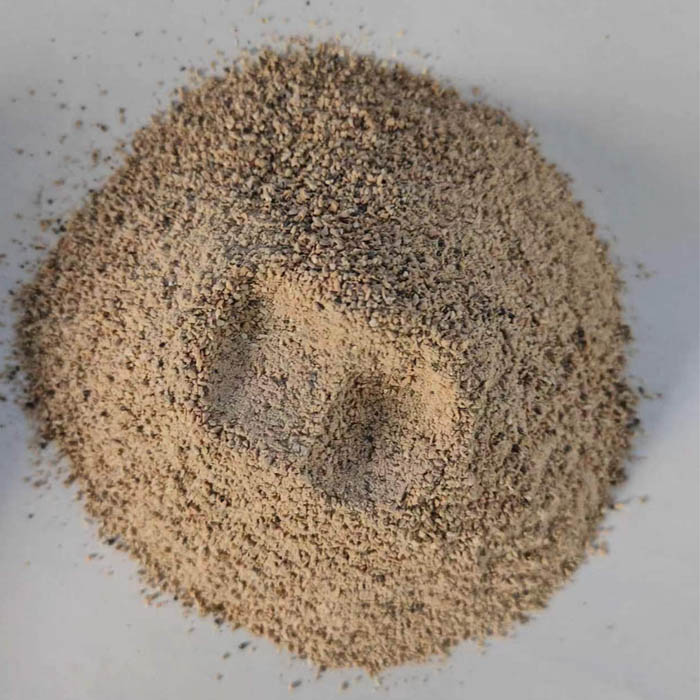Dec . 03, 2024 16:07 Back to list
sound absorbing insulation material
Sound Absorbing Insulation Materials Enhancing Acoustic Comfort
In today's fast-paced world, noise pollution is an increasingly prevalent issue that impacts our daily lives. From bustling city streets to busy commercial spaces and even domestic environments, unwanted sound can create stress and diminish our quality of life. To combat this, sound absorbing insulation materials have emerged as essential solutions for enhancing acoustic comfort in various settings. This article will explore the types, benefits, and applications of these materials.
Understanding Sound Absorption
Sound absorption refers to the process through which materials reduce sound energy by converting it into a small amount of heat. This process is crucial in controlling reverberations and echoes within a space, thereby facilitating clearer communication and creating a more pleasant environment. Unlike soundproofing, which aims to block sound from entering or leaving a room, sound absorption focuses on minimizing sound reflections.
Types of Sound Absorbing Materials
There are several types of sound absorbing insulation materials available on the market, which can be categorized based on their composition and structure
1. Acoustic Foam Panels These panels are often made from polyurethane foam and are designed with a unique structure that traps sound waves, allowing them to dissipate energy. They are lightweight, easy to install, and effective in reducing high-frequency sounds.
2. Mineral Wool This material is made from natural or recycled stone, glass, or slag and is known for its excellent sound absorption properties. It is often used in wall cavities, ceilings, and floors to improve the acoustics of a space.
3. Fiberglass Insulation Similar to mineral wool, fiberglass insulation is efficient in sound absorption and thermal insulation. Its denser structure helps reduce sound transmission through walls and ceilings.
4. Mass Loaded Vinyl (MLV) While MLV is primarily used for soundproofing, it can also contribute to sound absorption in specific applications. Its heavy, dense nature helps to block sound waves while offering some level of absorption.
5. Soft Furnishings Although not initially considered insulation, materials like carpets, curtains, and upholstered furniture absorb sound effectively. Incorporating these elements into a space can significantly enhance acoustic comfort.
Benefits of Sound Absorbing Insulation
The advantages of implementing sound absorbing materials are manifold
sound absorbing insulation material

- Improved Acoustic Quality These materials significantly reduce echo and reverberation, creating a more conducive environment for conversation, learning, and relaxation.
- Enhanced Privacy Homes and offices equipped with sound absorbing materials can enjoy increased privacy, as unwanted sounds from outside or adjoining spaces are minimized.
- Reduced Stress and Fatigue Excessive noise can lead to stress and fatigue, affecting focus and overall well-being. By controlling sound levels, individuals can benefit from a more calming atmosphere.
- Increased Productivity In workplaces, improved acoustics can lead to higher productivity levels. Employees are less likely to be distracted by noisy surroundings, leading to better concentration and outcomes.
Applications of Sound Absorbing Insulation
The versatility of sound absorbing materials allows for their application in various environments
- Residential Spaces Homeowners can use acoustic panels in entertainment rooms, studios, or open-plan living areas to create serene spaces meant for relaxation or creativity.
- Commercial Settings Offices, restaurants, and retail stores often utilize sound absorbing materials to enhance customer experience and employee productivity.
- Educational Institutions Classrooms and auditoriums benefit from sound absorbing insulation, ensuring that lessons can be delivered and absorbed without distraction.
- Healthcare Facilities Reducing ambient noise in hospitals and clinics promotes a tranquil environment that aids recovery and supports patient comfort.
Conclusion
Sound absorbing insulation materials play a vital role in today's noisy environment. By understanding their types, benefits, and applications, one can make informed choices to improve acoustic comfort in any space. As urbanization and noise levels continue to rise, these materials will be increasingly important in promoting a balanced and healthy living environment.
-
Eco-Friendly Granule Covering Agent | Dust & Caking Control
NewsAug.06,2025
-
Fe-C Composite Pellets for BOF: High-Efficiency & Cost-Saving
NewsAug.05,2025
-
Premium Tundish Covering Agents Exporters | High Purity
NewsAug.04,2025
-
Fe-C Composite Pellets for BOF | Efficient & Economical
NewsAug.03,2025
-
Top Tundish Covering Agent Exporters | Premium Quality Solutions
NewsAug.02,2025
-
First Bauxite Exporters | AI-Optimized Supply
NewsAug.01,2025
